Mike and the Mechanics
Buy Mike + the Mechanics Mike + The Mechanics was a quasi-solo project by Genesis bassist and guitarist Mike Rutherford The 1985 self-title debut was a commercial success which spawned three hit singles […]
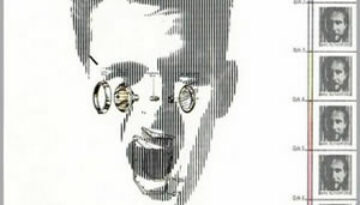
Buy Mike + the Mechanics Mike + The Mechanics was a quasi-solo project by Genesis bassist and guitarist Mike Rutherford The 1985 self-title debut was a commercial success which spawned three hit singles […]

Buy The Lamb Lies Down on Broadway Perhaps the most “out there” album by Genesis as well as out Classic Rock Review Album of the Year, The Lamb Lies Down on Broadway, is […]
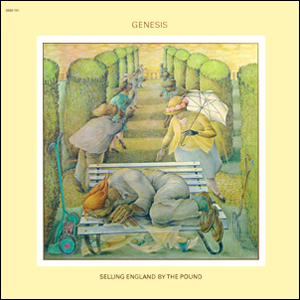
Buy Selling England by the Pound The classic lineup of Genesis was at their absolute peak musically and melodically on the 1973 album Selling England by the Pound. The band had a steady […]
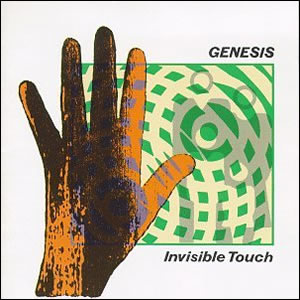
Buy Invisible Touch Genesis completed their full metamorphosis into a pure pop/rock outfit with 1986’s Invisible Touch, the top selling album of the group’s long career. The group’s thirteenth overall studio album, it […]
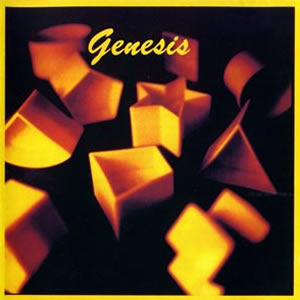
Buy Genesis Although it is titled like an eponymous debut, Genesis was actually the twelfth studio album by Genesis. The group decided to name it such because it is the first album on […]
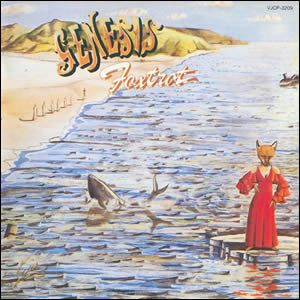
Buy Foxtrot After a couple albums of extreme experimentation in theatrical rock, Foxtrot is where it all came together for Genesis. This 1972 album was the first of three, in consecutive years, that […]

Buy Abacab Genesis continued their incremental migration from prog to pop rock with their eleventh studio album, Abacab, released in 1981. The compositions here make heavy use of sequencers and studio techniques, combined […]
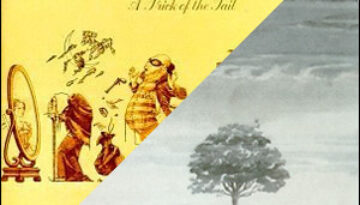
Buy A Trick of the Tail Buy Wind & Wuthering We love Genesis here at Classic Rock Review. Although, this is certainly not evident by our treatment of the band so far in […]